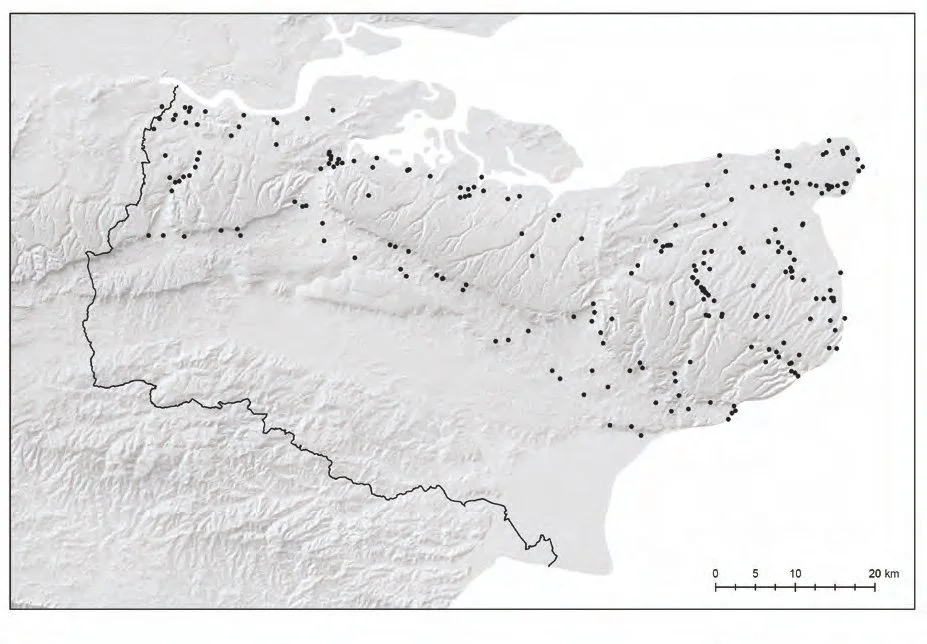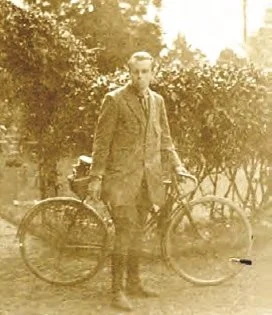
KAS Newsletter, Issue 112, Winter 2019
2019's archaeological digs, Roman villa studies, Anglo-Saxon burials research, and local history.
Contributions to the next issue are welcome. See the guidance for contributors and contact Editor Craig Campbell.
Search page
Search within this page here, search the collection page or search the website.
Previous
Previous
Covid-19 Update
Next
Next
















